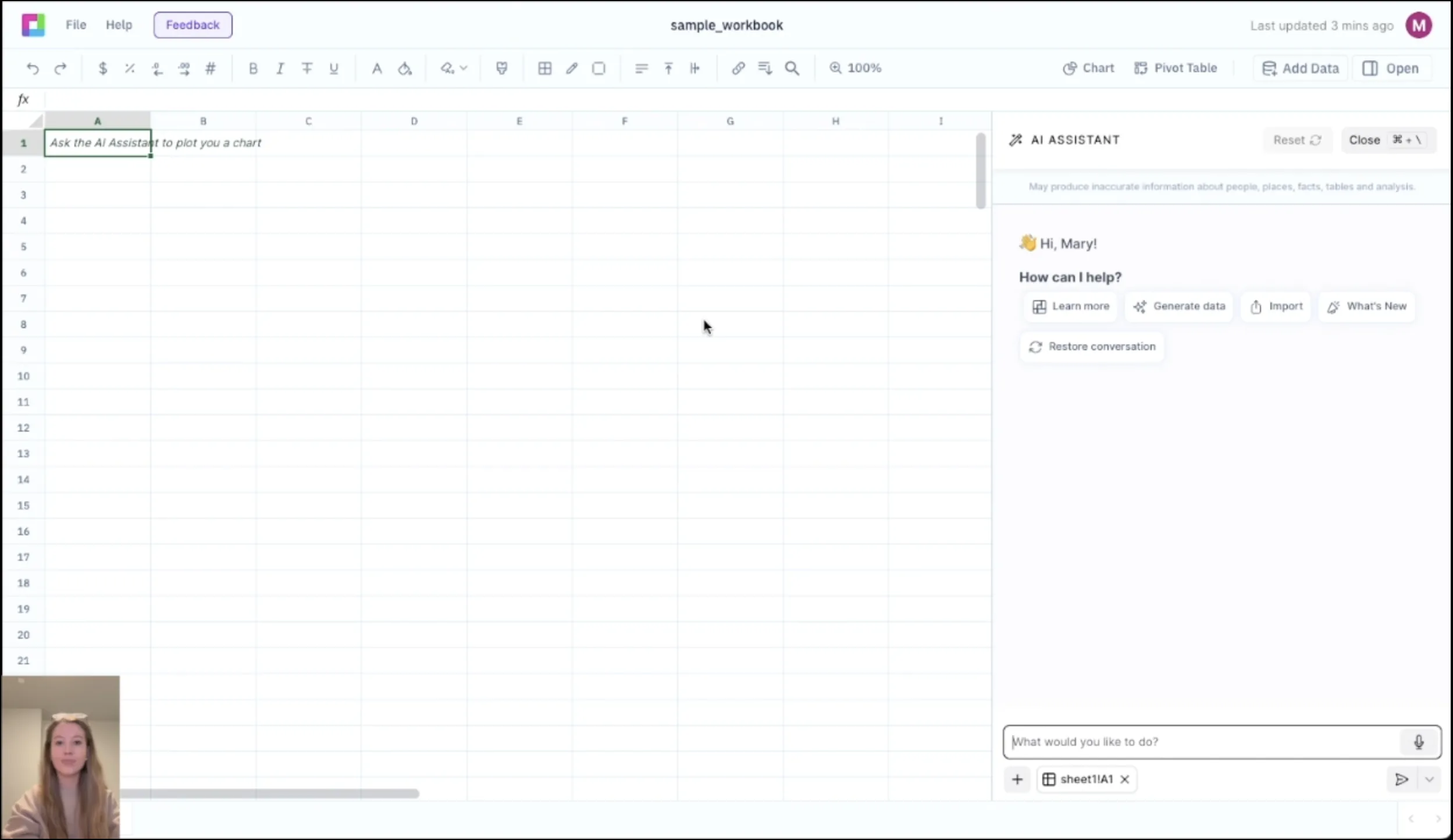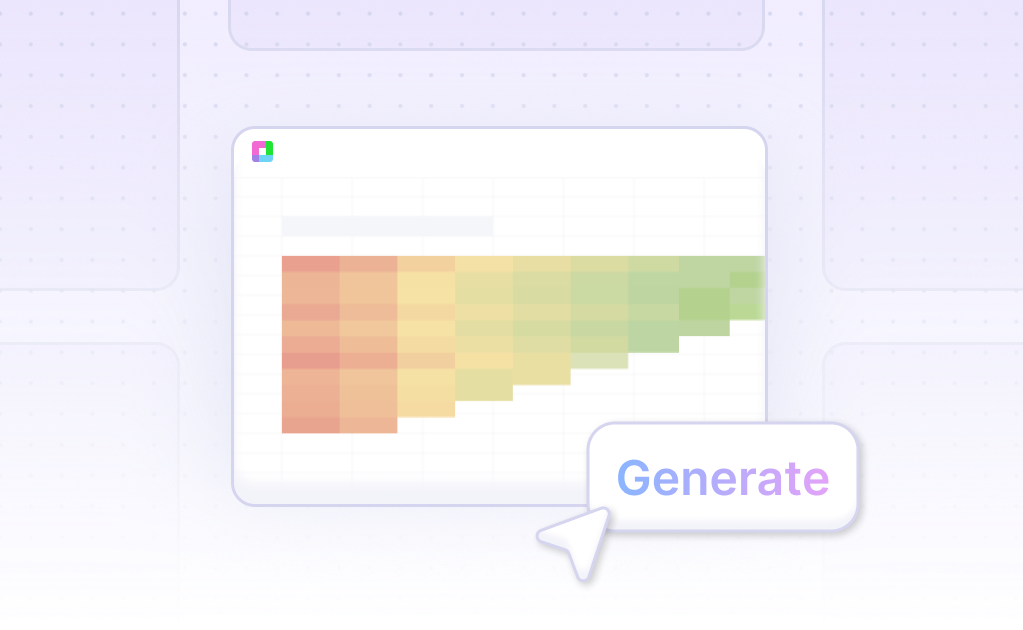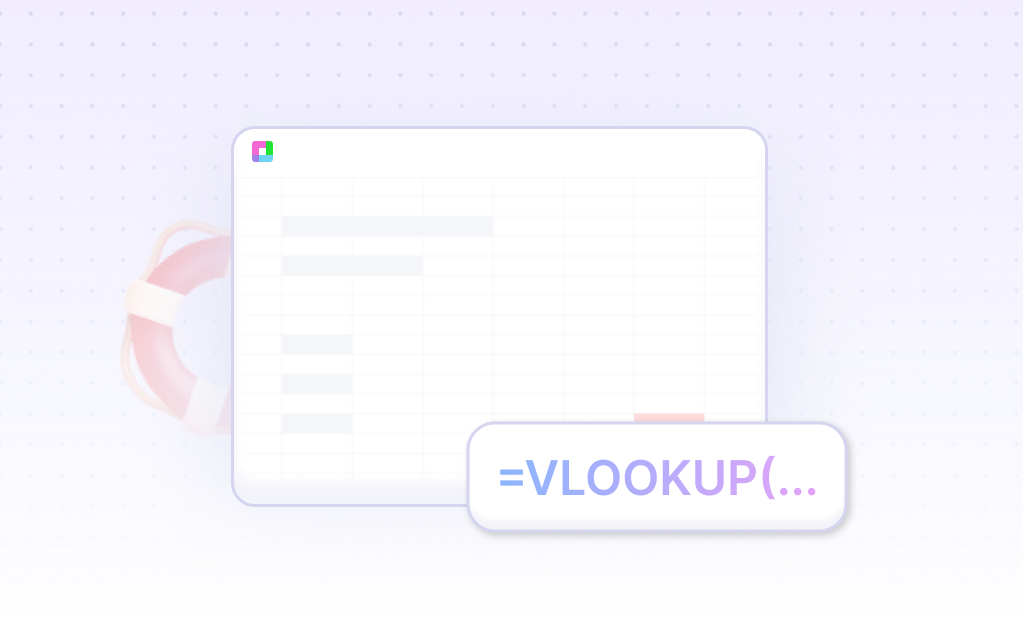
Navigate Uncertainty with Strategic Scenario Planning
In an uncertain business environment, scenario planning is essential for strategic decision-making and risk management. Our Scenario Planning Model provides comprehensive tools to model multiple scenarios, assess risks, and develop robust strategies that perform well across different conditions.
From best-case to worst-case scenarios, analyze how different assumptions impact your business outcomes. Built for strategic planners, executives, and risk managers, this template helps you prepare for various futures and make informed decisions under uncertainty.
Comprehensive Scenario Development Framework
Multiple Scenario Construction
Build multiple scenarios including optimistic, realistic, and pessimistic cases. Model different assumptions for market conditions, competitive dynamics, and operational performance.
Key Driver Identification
Identify and model key business drivers that impact outcomes across scenarios. Focus on variables with the highest impact on business performance and strategic objectives.
Probability Weighting
Assign probability weights to different scenarios to calculate expected outcomes. Use Monte Carlo simulation and probability distributions to quantify uncertainty.
Cross-Impact Analysis
Analyze how different scenario variables interact and influence each other. Model correlation effects and cascading impacts across business functions.
Risk Analysis & Strategic Planning
Sensitivity Analysis
Perform sensitivity analysis to understand how changes in key assumptions affect outcomes. Identify which variables have the greatest impact on business performance.
Risk Quantification
Quantify risks using Value at Risk (VaR) and conditional Value at Risk (CVaR) metrics. Calculate potential losses and assess the probability of adverse outcomes.
Strategic Option Analysis
Evaluate different strategic options and their performance across scenarios. Analyze the flexibility and robustness of different strategic choices.
Contingency Planning
Develop contingency plans for different scenarios with specific triggers and response strategies. Prepare action plans that can be implemented quickly when conditions change.
Frequently Asked Questions
How many scenarios should I model?
The template typically includes 3-5 scenarios (optimistic, realistic, pessimistic, and potentially black swan events). The key is to cover a meaningful range of possibilities without overwhelming complexity.
How do I assign probabilities to scenarios?
The template provides guidance on probability assignment using expert judgment, historical data, and market research. It includes methods for calibrating probabilities and updating them as new information becomes available.
Can it handle complex interdependencies?
Yes, the template models complex relationships between variables using correlation matrices and cross-impact analysis. It helps understand how changes in one area affect other parts of the business.
Does it include stress testing?
The template includes stress testing capabilities to model extreme scenarios and tail risks. It helps assess business resilience and identify potential vulnerabilities.
How often should I update scenarios?
The template supports regular scenario updates (quarterly or semi-annually) to incorporate new market information and changing business conditions. It maintains scenario version control and tracks changes over time.
Related Strategic Planning Tools
Connect your most-used data sources and tools to Sourcetable for seamless analysis.
Frequently Asked Questions
If you question is not covered here, you can contact our team.
Contact Us





